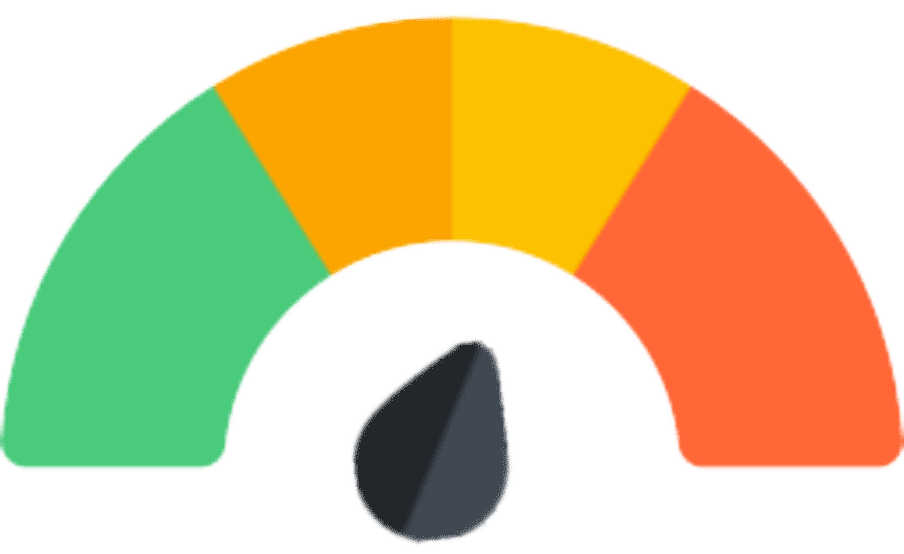(Bold for FDA approved)
 How Mirtadep works
How Mirtadep works• Boosts neurotransmitters serotonin and norepinephrine
• Blocks alpha 2 adrenergic presynaptic receptor, thereby increasing norepinephrine neurotransmission
• Blocks alpha 2 adrenergic presynaptic receptor on serotonin neurons (heteroreceptors), thereby increasing serotonin neurotransmission
• This is a novel mechanism independent of norepinephrine and serotonin reuptake blockade
• Blocks serotonin 2A, 2C, and 3 receptors
• Blocks histamine 1 receptors
• Actions on insomnia and anxiety can start shortly after initiation of dosing
• Onset of therapeutic actions in depression, however, is usually not immediate, but often delayed 2–4 weeks
• If it is not working within 6–8 weeks for depression, it may require a dosage increase or it may not work at all
• May continue to work for many years to prevent relapse of symptoms
 Notable Side Effects
Notable Side Effects• Dry mouth, constipation, increased appetite, weight gain
• Sedation, dizziness
• Abnormal dreams, confusion
• Flu-like symptoms (may indicate low white blood cell or granulocyte count)
• Change in urinary function
• Hypotension
 Life Threatening Side Effects
Life Threatening Side Effects• Rare seizures
• Rare induction of mania
• Rare activation of suicidal ideation and behavior (suicidality) (short-term studies did not show an increase in the risk of suicidality with antidepressants compared to placebo beyond age 24)

common

common
• Wait
• Wait
• Wait
• Switch to another drug
• 15–45 mg at night
 Dosage Forms
Dosage Forms• Tablet 7.5 mg, 15 mg scored, 30 mg scored, 45 mg
• SolTab disintegrating tablet 15 mg, 30 mg, 45 mg
• Safe
• Not expected
 Renal Impairment
Renal Impairment• Drug should be used with caution
 Hepatic Impairment
Hepatic Impairment• Drug should be used with caution
• May require lower dose
 Cardiac Impairment
Cardiac Impairment• Drug should be used with caution
• The potential risk of hypotension should be considered
 Elderly
Elderly• Some patients may tolerate lower doses better
• Reduction in the risk of suicidality with antidepressants compared to placebo in adults age 65 and older
 Children and Adolescents
Children and Adolescents• Carefully weigh the risks and benefits of pharmacological treatment against the risks and benefits of nontreatment with antidepressants and make sure to document this in the patient’s chart
• Monitor patients face-to-face regularly, particularly during the first several weeks of treatment
• Use with caution, observing for activation of known or unknown bipolar disorder and/ or suicidal ideation, and inform parents or guardians of this risk so they can help observe child or adolescent patients
• Safety and efficacy have not been established
 Pregnancy
Pregnancy• Controlled studies have not been conducted in pregnant women
• Increased risk of major neonatal malformations has not been reported
• Not generally recommended for use during pregnancy, especially during first trimester
• Must weigh the risk of treatment (first trimester fetal development, third trimester newborn delivery) to the child against the risk of no treatment (recurrence of depression, maternal health, infant bonding) to the mother and child
• For many patients this may mean continuing treatment during pregnancy
 Breast Feeding
Breast Feeding• Unknown if mirtazapine is secreted in human breast milk, but all psychotropics are assumed to be secreted in breast milk
• If child becomes irritable or sedated, breast feeding or drug may need to be discontinued
• Immediate postpartum period is a high-risk time for depression, especially in women who have had prior depressive episodes, so drug may need to be reinstituted late in the third trimester or shortly after childbirth to prevent a recurrence during the postpartum period
• Must weigh benefits of breast feeding with risks and benefits of antidepressant treatment versus nontreatment to both the infant and the mother
• For many patients, this may mean continuing treatment during breast feeding
Based on data Published online by Cambridge University Press
Compiled by Dr. Jash Ajmera